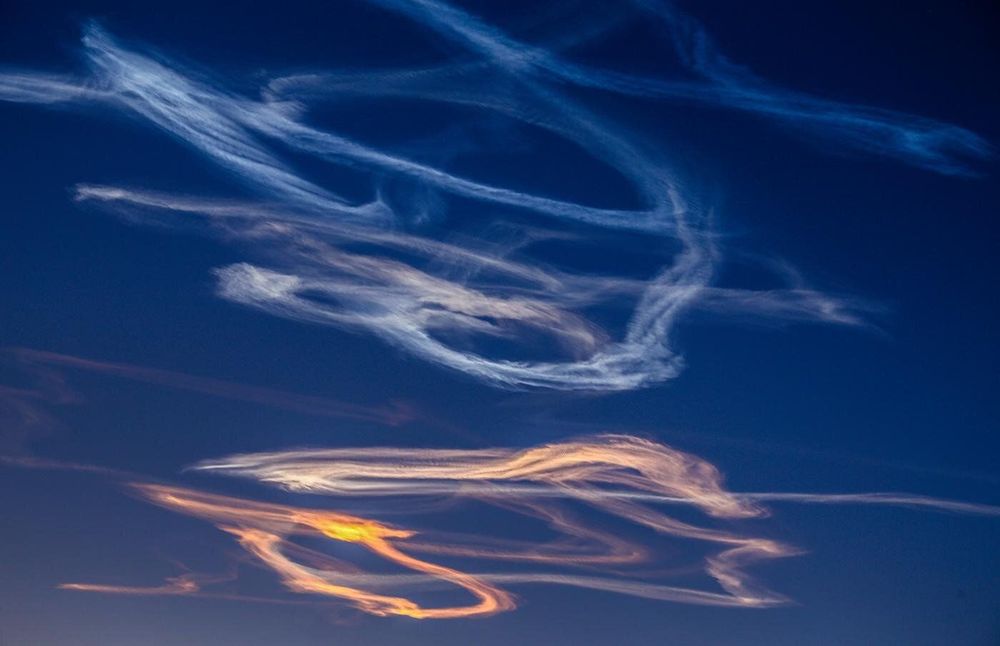The Dishchii’bikoh meteorite fall in the White Mountain Apache reservation in central Arizona has given scientists a big clue to finding out where so-called LL chondrites call home. They report their results in the April 14 issue of Meteoritics and Planetary Science.
“LL chondrites are fairly common meteorites with low-oxidized and low metallic (LL) iron content,” said Peter Jenniskens, the lead author and meteor astronomer with the SETI Institute and NASA Ames Research Center. “We want to know where they originated because the damaging Chelyabinsk airburst of February 15, 2013 in Russia, was caused by a particularly large 20-meter sized LL chondrite.”
LL chondrites originate from somewhere in the asteroid belt between Mars and Jupiter, where a parent body broke up and created a family of asteroids long ago. Occasional collisions with those family members eject rocks into orbit around the Sun. When these small asteroids collide with Earth’s atmosphere, they cause a bright meteor from which pieces survive sometimes and fall on the ground as meteorites.
